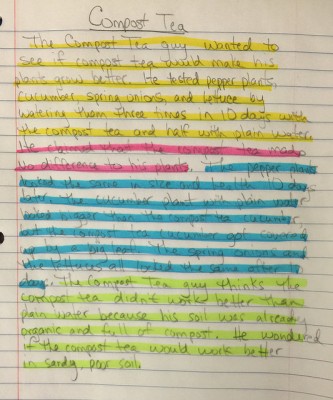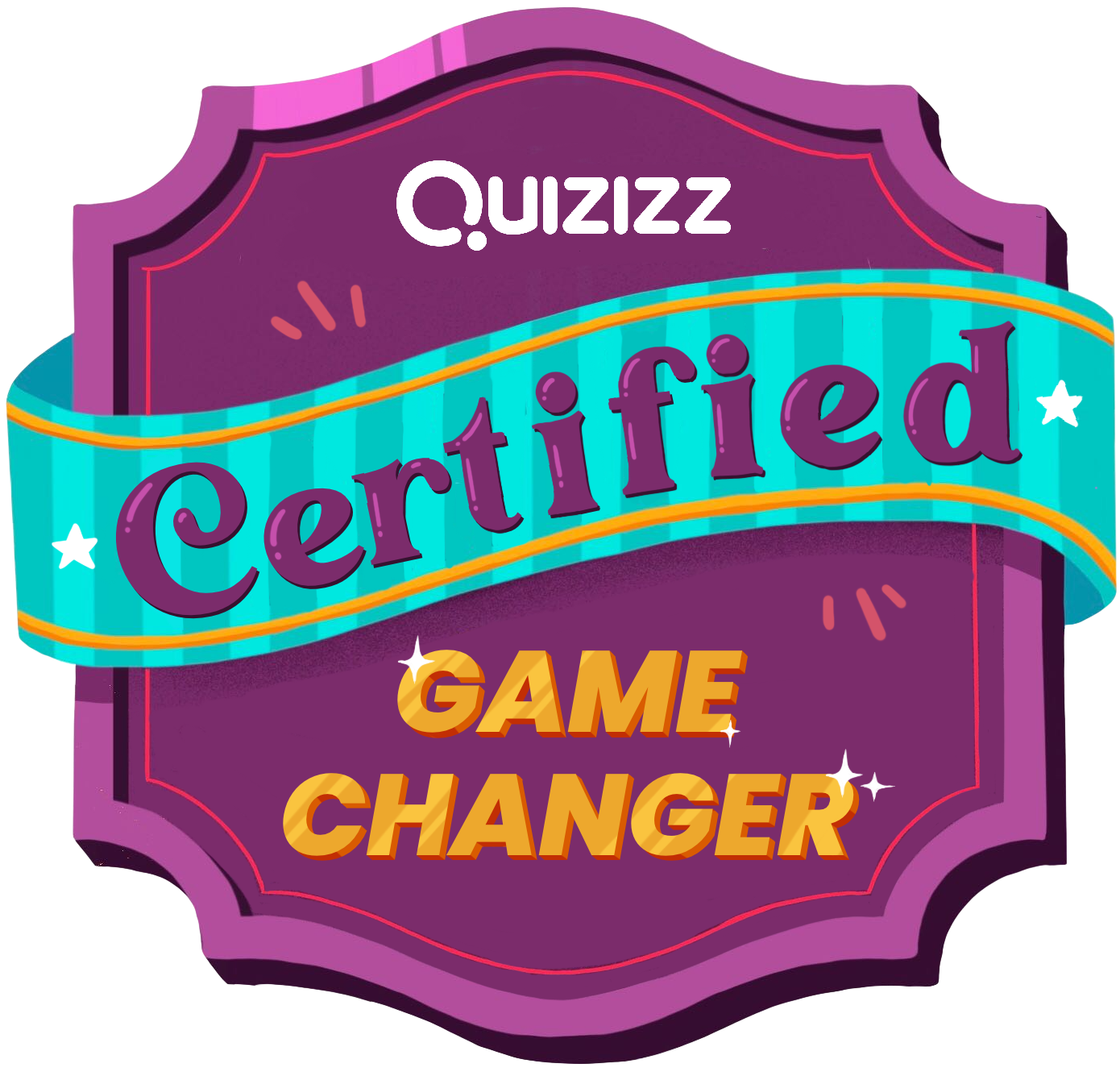One switch I’ve made with my Science labs is in the way I have students write their conclusions. I’ve tried many different ways, I’ve even spent time working with my Science PLC on conclusion writing, and lately I’ve been having my students use the Claim, Evidence, Reasoning or CER method of writing conclusions. It’s quite sleek while covering everything needed in a conclusion. I have a few links to CER resources on Diigo, not many but at least some.
I’ve noticed that students struggle writing conclusions with more complex labs, especially when there are different labs each with different manipulated variables included in ONE conclusion. After finishing our STC/MS kit, Energy, Machines, and Motion (EMM), friction lesson I asked my 6th grade students to write a CER conclusion to show what they learned when testing to see how surface types, weight, and surface area affects sliding friction. The textbook asked students to summarize their learning AFTER all three labs. In retrospect, I’m thinking that next year I’ll have students write a CER conclusion after each lab maybe. The problem is that all three labs lead a more complete learning things that affect sliding friction so I’m still not sure if I want to do that. Instead of having 6th graders write a summary, I had them write a CER conclusion because I thought it would be better for them to practice CER. Because they were writing a conclusion with three different manipulated variables, many students were stuck.
Here’s the original CER template I’ve been using with my 6th graders (the sentence starters were added to help kids get started):
Sixth graders have practiced using the above template for one lab so far. It was a straightforward lab with only one manipulated variable so they were quite successful. Going from a lab with one manipulated variable to three labs with three different manipulated variables was too soon and too complex a jump as evidenced by how many students were confused and stuck. Some chose to write their claims in three separate sentences, one for each manipulated variable, then three separate evidence statements, and three different reasoning statements. Those who tried combining all three manipulated variables, the surface types, weight, and surface area, needed more support.
After repeatedly restating what Claim and Reasoning was, I decided to re-write the CER template instead of going around repeating myself. I also changed the sentence starter for the Reasoning part because one 6th grader started his reasoning sentence that way and I thought it was great. Here’s my new, updated CER template with sentence starters:
So I had a re-written CER template and I wanted students to practice. I came in and did a quick search in the morning for a video of a science experiment. One that was clear enough to my 6th graders to write a CER conclusion quickly enough to write, share and gain some confidence. I came upon this guy with a really nice garden who did a test to see if compost tea really made plants grow better. It was nice and worked!
Here are instructions if you want to learn how to make Compost Tea. The Compost Tea guy, as we came to call him, okay, as I came to call him, shared his claim, evidence AND reasoning with us so it was just a matter of re-stating his experiment!
- I had kids write on their own after watching and discussing the video.
- Then they shared with each other at their tables.
- Then I had volunteers read their conclusions aloud.
Many of my students were successful and re-gained confidence in writing CER conclusions! Based on what I heard, I wrote the following CER Compost Tea conclusion myself:
One of my 6th graders wrote a blog post about sharing her CER Compost Tea Conclusion.
This worked out pretty well and I hope helps because the next EMM lesson, on the Force of a Motor, will have us testing different variables to see how we can get our little motors to lift the most washers they can. Writing a conclusion for that experiment is always a challenge.


































































